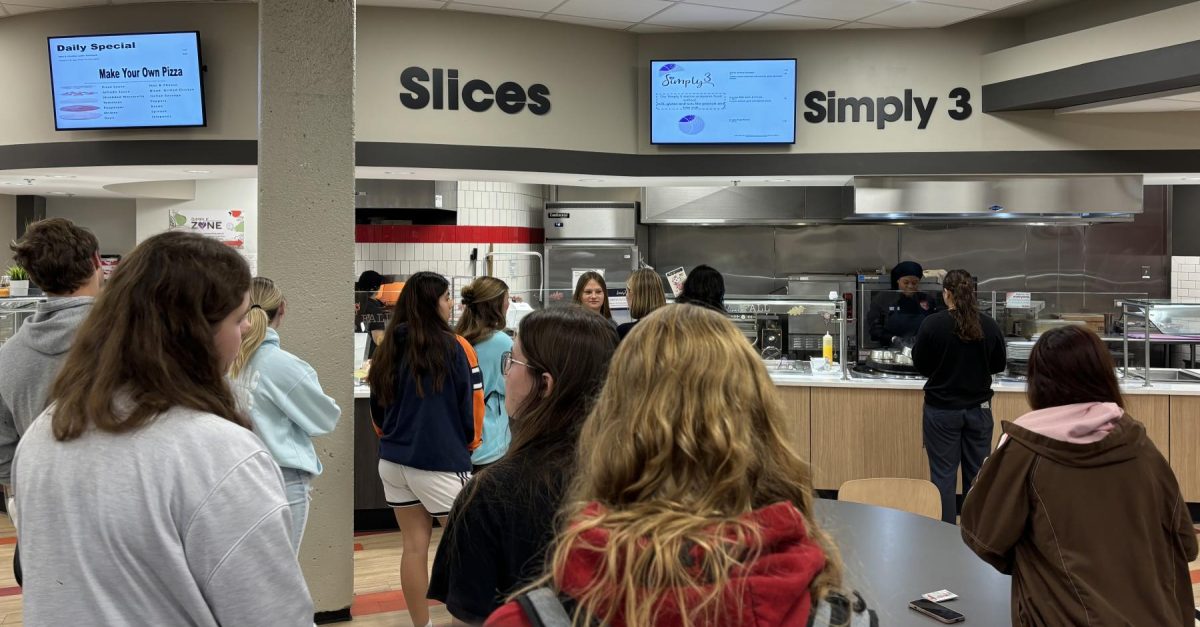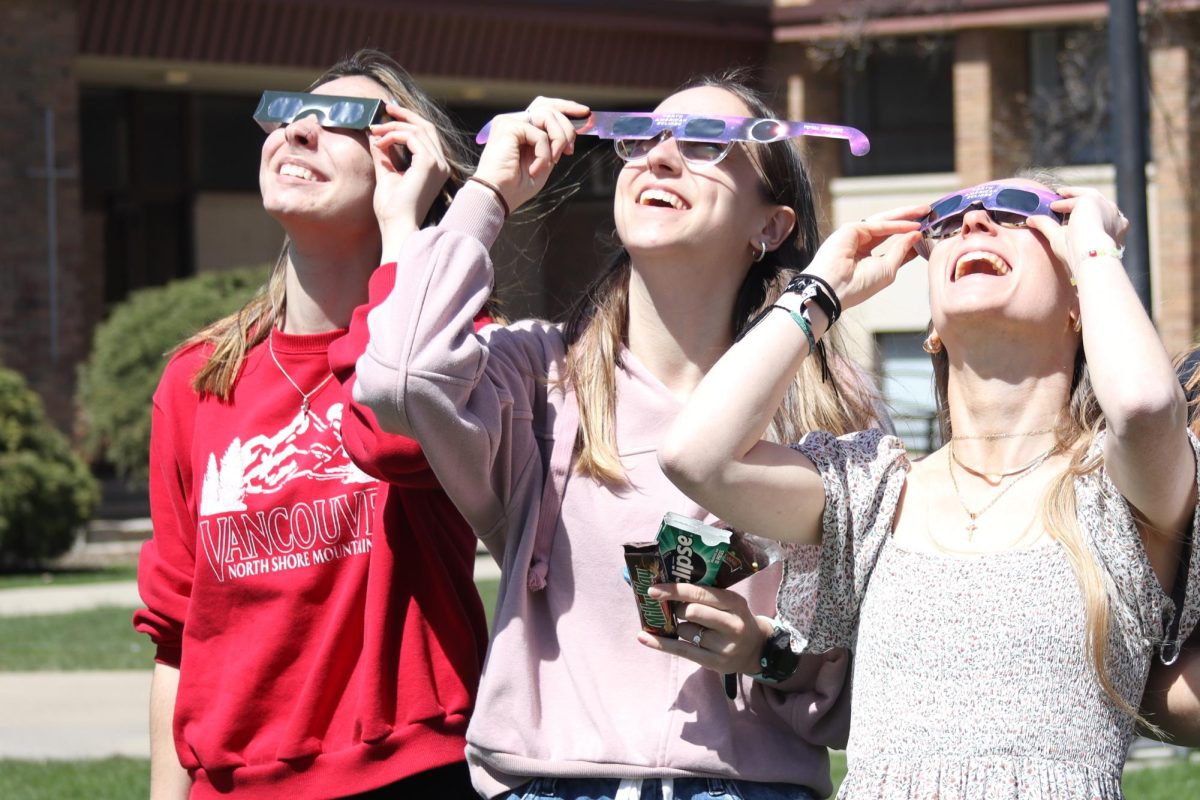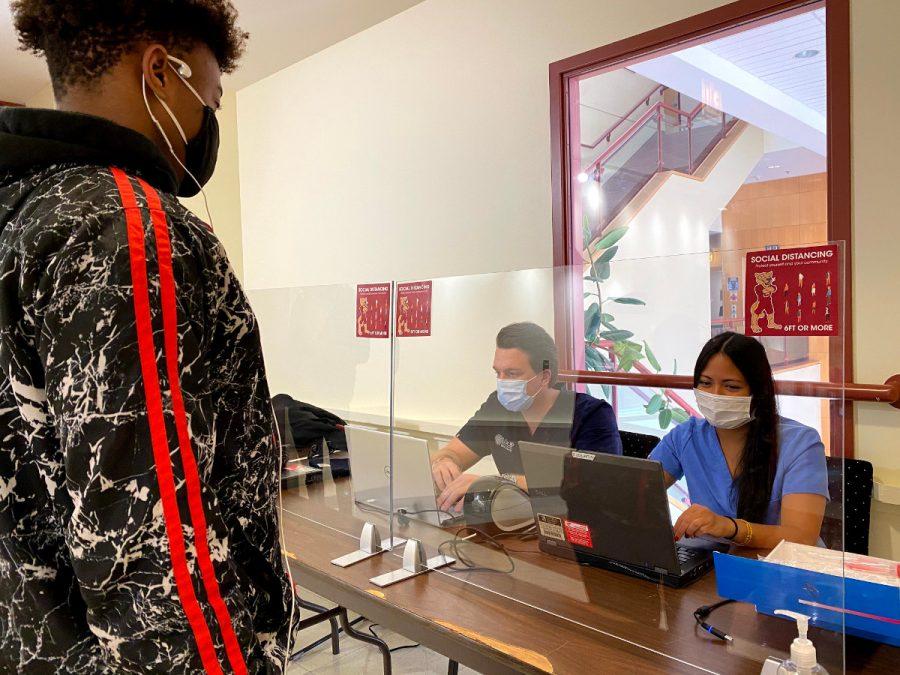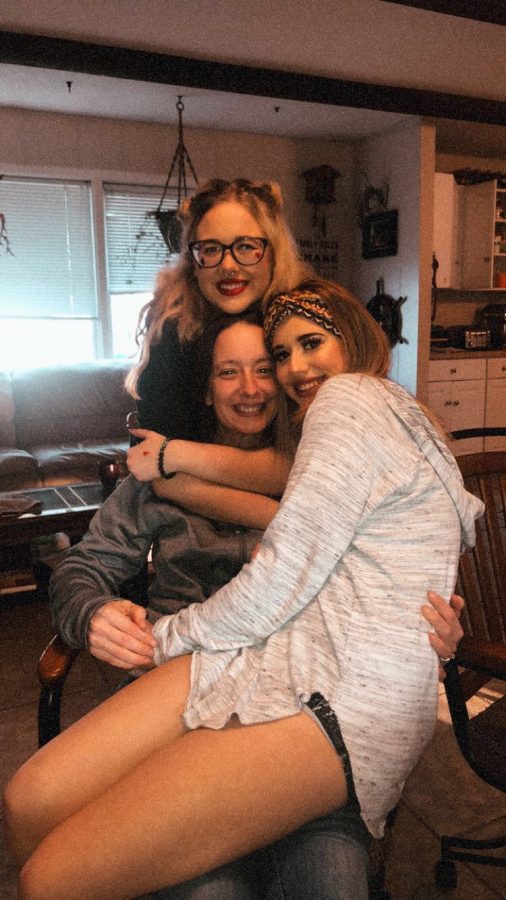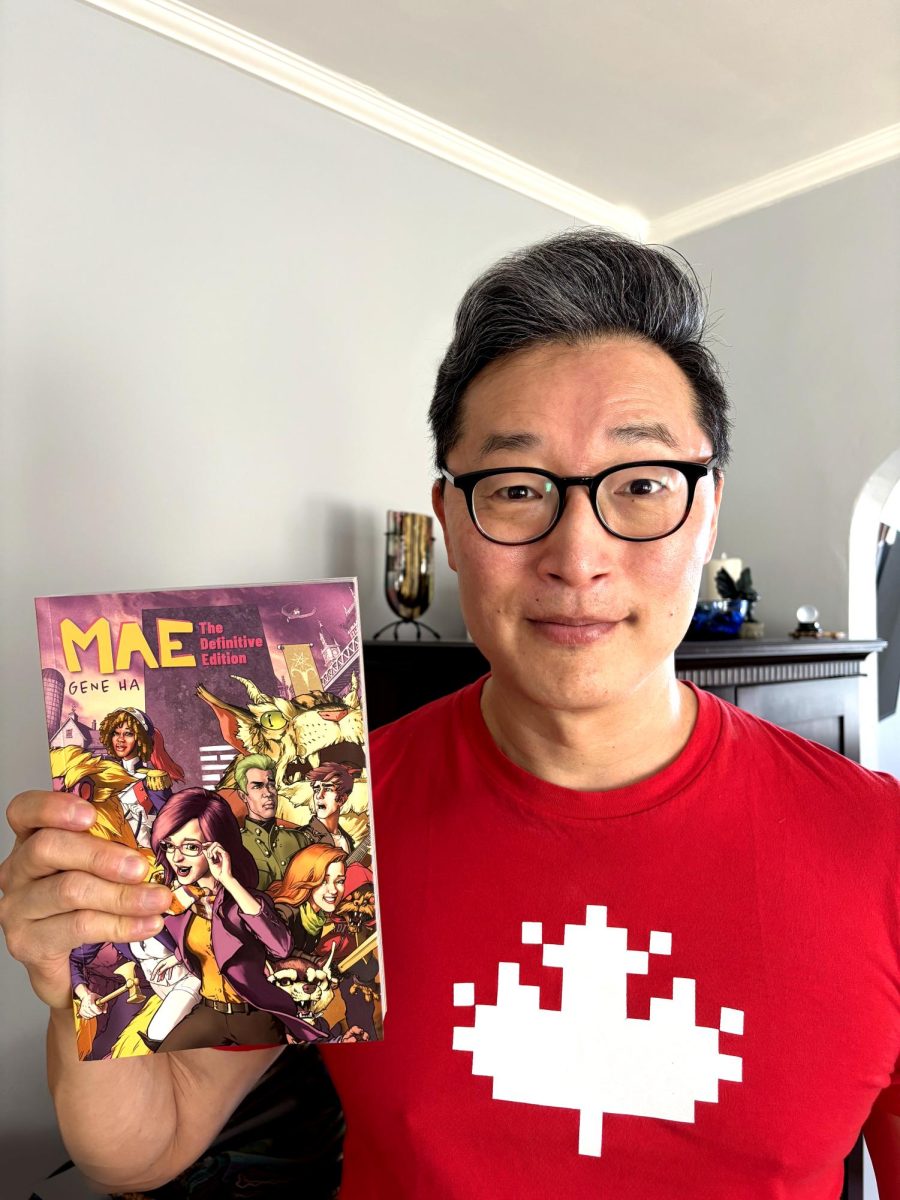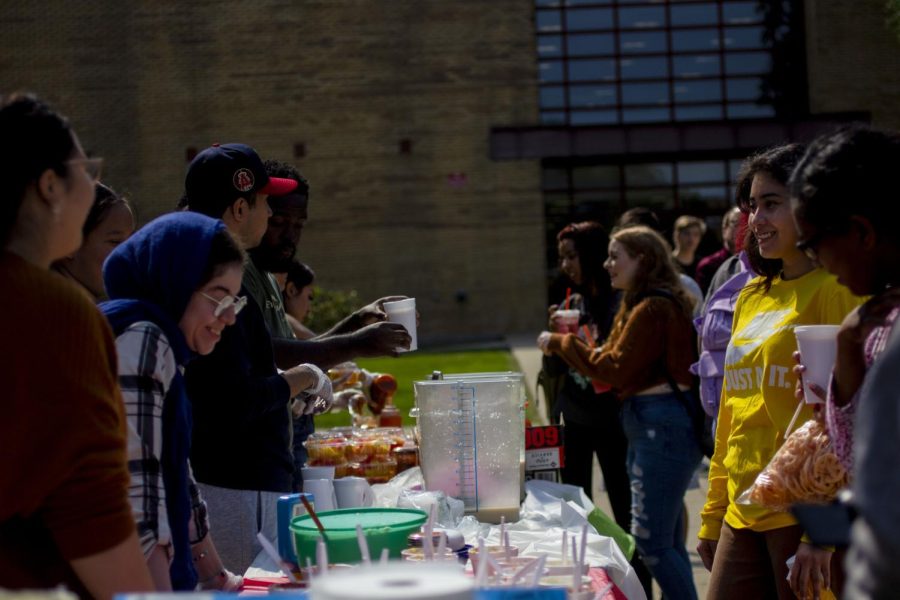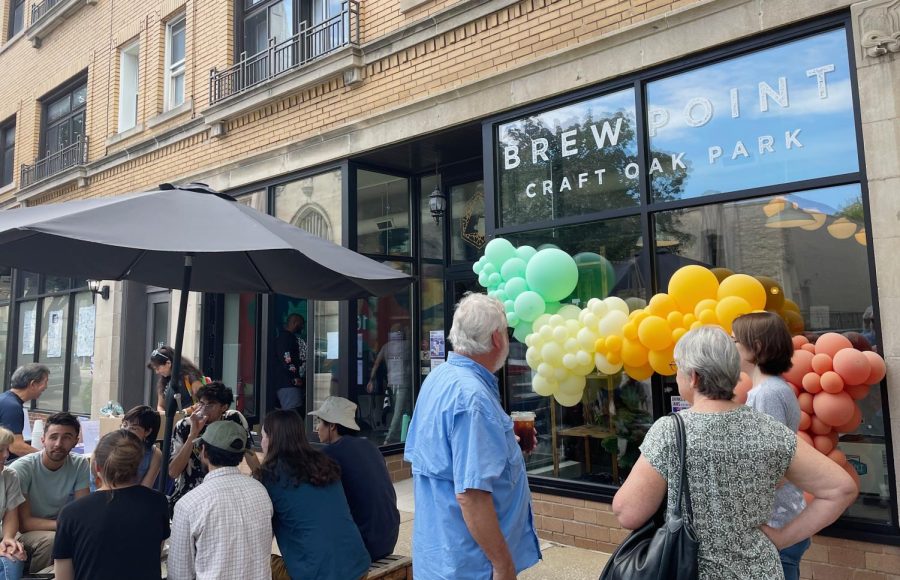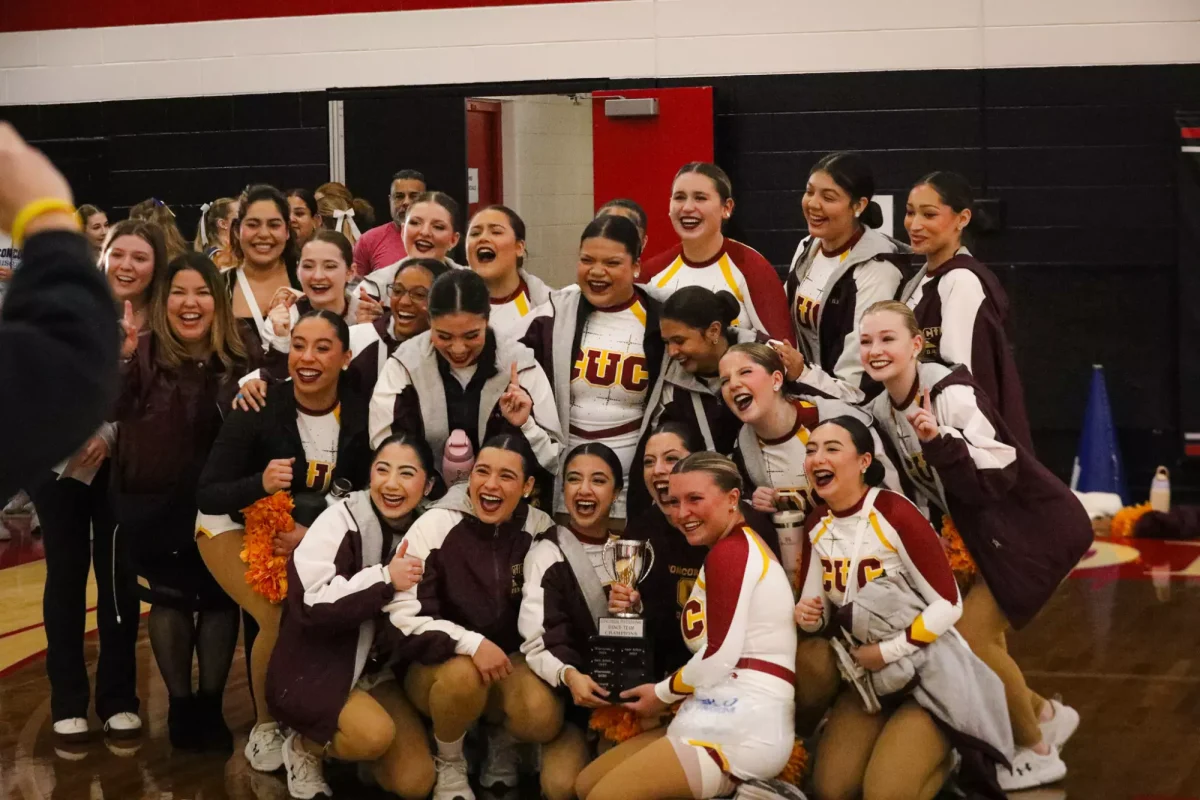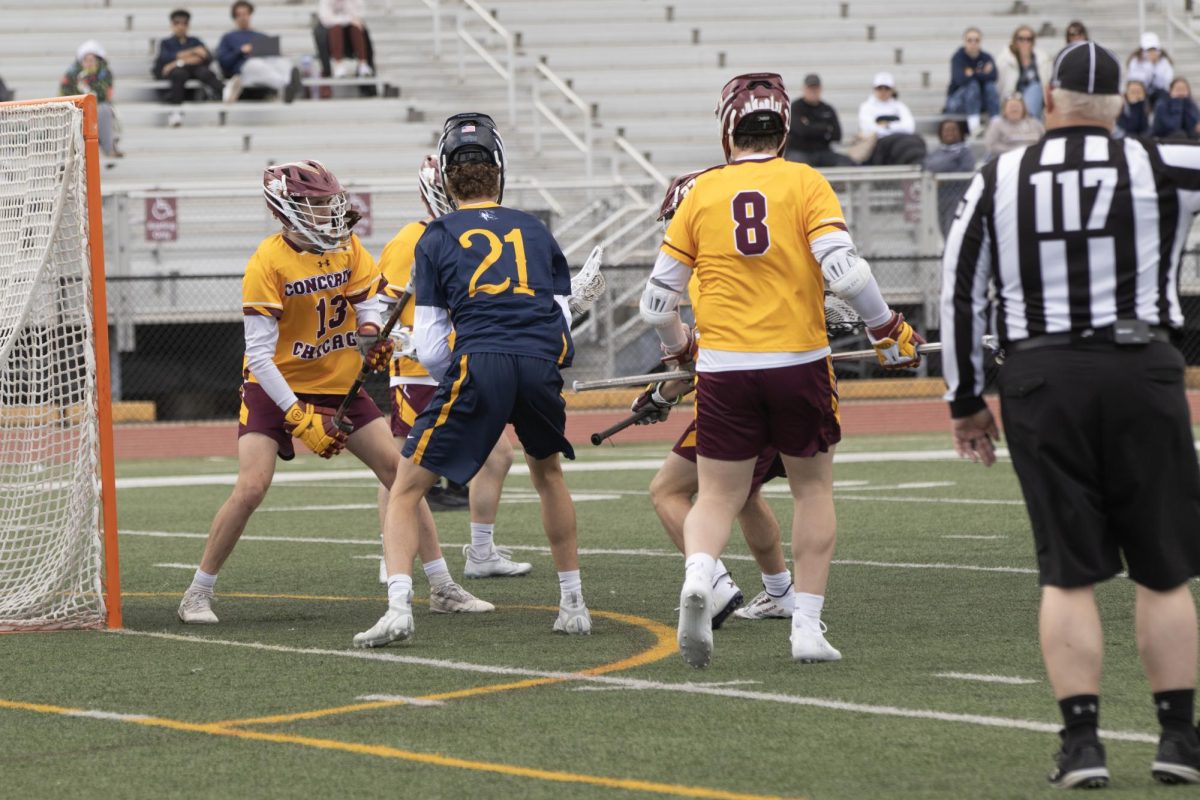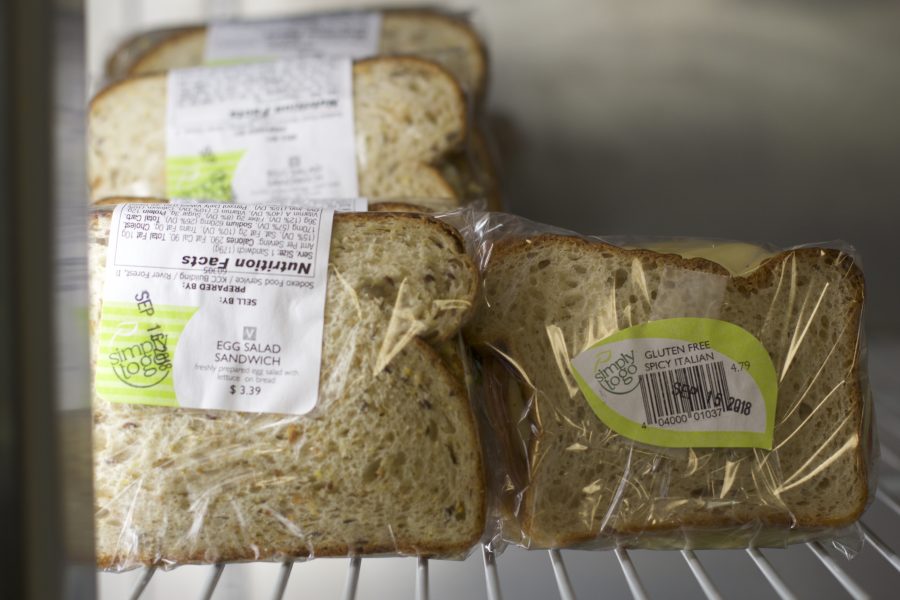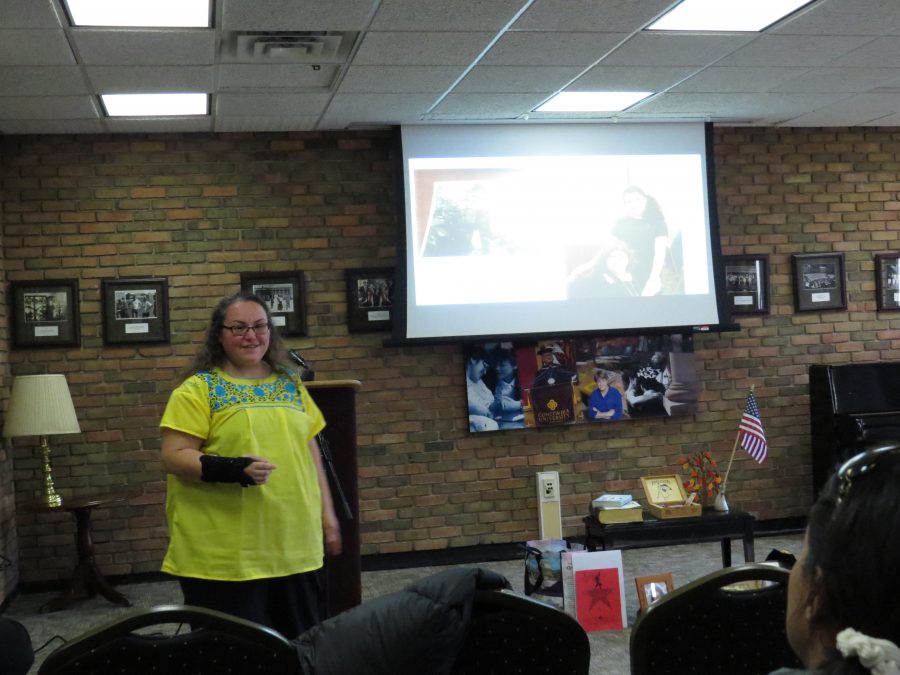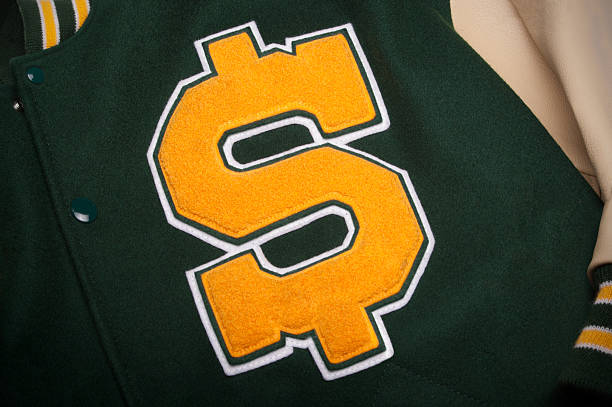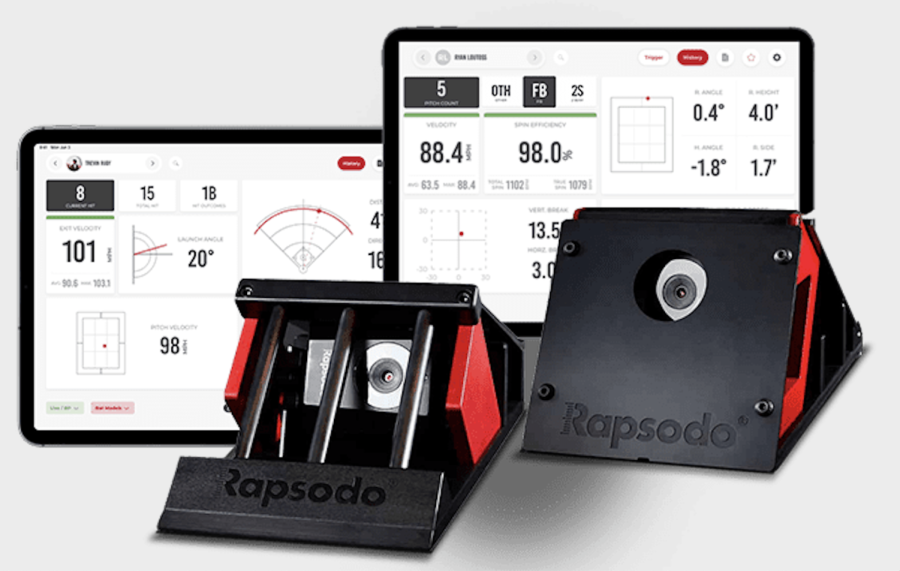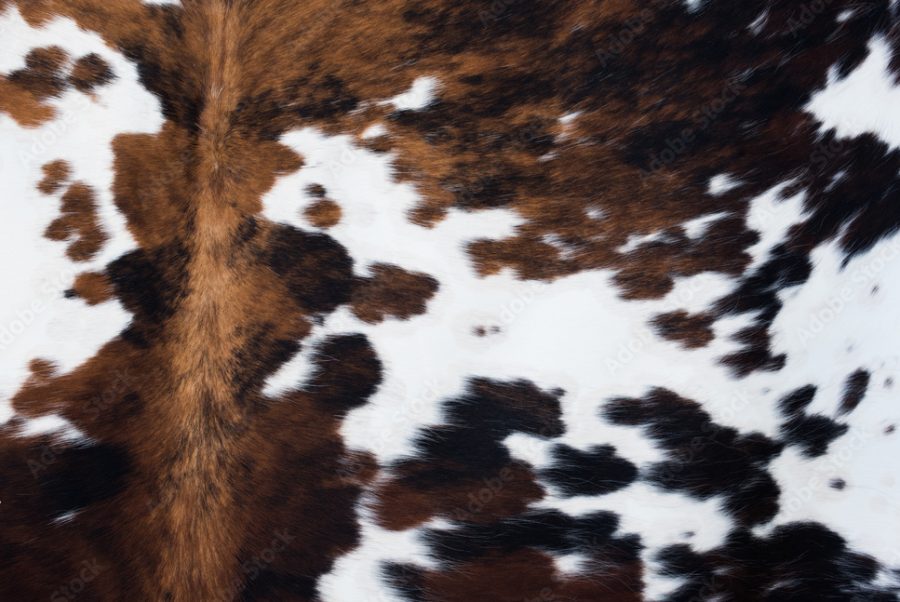Feature: Why Trend Cycles are Speeding Up
Alena Petrachkova – stock.adobe.com
Courtesy of AdobeStock.com
Michigan State student Carsyn Manke, 20, was scrolling on TikTok in the Fall of 2022 when she noticed a fashion influencer wearing a black and white cow print halter top. Manke thought it was cute and she had just seen other people on TikTok with a similar print on and thought it would look really good on them.
Luckily, the fashion influencer had put the link to the top on her TikTok bio, which is common practice for fashion TikTokers.So Manke clicked the link and quickly bought the top. She wore it out to a college party after it arrived 3 days later.
“I liked it at the time, but not enough to incorporate it into my daily wear,” said Manke. Manke admitted that she had forgotten about the top until I had asked her about it.
Animal print was brought into fashion because of Leopard print gaining popularity, with Dior being one of the first ones to have animal print hit the runway.
Cow print was created in the 1960s taking inspiration from previous animal prints that are considered more timeless like leopard print. Cow print really took off when the Western style was coming into fashion again in the 1970s. Then it seemed to disappear until 2019.
Now cow print is considered to be a trendy print because of the amount of attention it got from influencers and young people. But fast fashion brands took notice of this very quickly and snatched up on this trend and started their mass production of the print. The problem with this is that this print is not as wearable as other animal prints and cow print looks like it will be a part of a quick trend cycle.
Burberry, Eckhaus Latta, and other big designer brands came out with cow print designs for New York fashion week in 2019. Then it followed celebrities with people like Kendall Jenner who posted in 2020 with a cow print cowboy hat, Kylie Jenner who wore a cow print swimsuit in 2020, and Meghan Markle who was styled in cow print heels to visit SmartWorks, a nonprofit organization.
With its growth in popularity, Doja Cat had come out with a music video called Moo! that has over 123 million views in 2019 where she wore a two-piece cow print set that is a long sleeve tie up shirt and a skirt to match. After that, it became a trend on TikTok for influencers to copy the look.
There are good things about microtrends but generally the designers, stylists and influencers think it is more negative. “The con becomes, one, where the younger generation goes, oh we never did this before, not knowing the history of fashion,” said Kendra Porter, a professor at the Fashion Institute of Technology. “At the same time with fast fashion being one of the largest polluters in the globe, it’s also how many of these microtrends are going to last, where will cow print end up? Will it be in a landfill?”
The fast fashion industry has caused an Average American to generate 82 Ib of textile waste a year. In the United States about 14 million tons of textile waste has been dumped in landfills or burned according to Material Circular Economy.
Kendra Porter is an image consultant, who has worked for well-known brands like Neiman Marcus, Bloomingdale’s, and Saks 5th Avenue As well as dressed models for shows like Oscar de la Renta and Chaado Ralph Rucci.
“There is nothing new under the sun,” says Porter. Porter feels that these microtrends are just moments in fashion in the past that are just starting to come back and are just new for this generation.
Leopard print or snakeskin is more of a timeless animal print than cow print, said Porter. But why was cow print taking over the internet?
From 2019 through 2022 many articles were talking about how cow print is the coolest animal print trend and that it’s making a comeback, from Forbes to Vogue.
“Every person is gonna be a little bit different, some clients want to be on trend and have the latest, greatest pieces, ” said Rachel Jimenez Penca, fashion studies professor at Columbia College Chicago. “They don’t care if it’s sustainable, they just want fast fashion pieces that show that they are in the know, that they are the ‘it person’ of the time.”
Jimenez Penca is also the owner of Rachel J Styling where she styles and consults with clients of all ages about how to dress and what works for them. She has worked with Burberry, Michael Kors, and Rag & Bone, plus local Chicago designers and boutiques.
Jimenez Penca has styled people with more trendy types of clothes and she explained that trends that are seen on the internet like TikTok and Instagram are the thing influencing people to buy into these trends.
Cow print really took off because of influencers making style inspirations with cow print from fast fashion and from them posting pictures on Instagram of nails with the pattern, purses, shoes, or even shirts. People can look at an outfit that someone has styled, like it, and buy it as quickly as they can to be on trend as possible.
The quickest and cheapest way to get these microtrends would be these fast fashion brands like Shein, Zara, H&M, or Target. The problem is that a lot of these fabrics are not sustainable and are made of the cheapest material due to the mass production of it.
“Behind all of this influencing is a person that wants to make money promoting whatever brand they affiliate with,” said Jimenez Penca. “Whether it’s Shein or Zara, there’s commissioner and shoppable links that a lot of these influencers are utilizing.”
These influencers’ social media are their means of advertising and it’s the core of why things like cow print got so popular, according to Jimenez Penca. We see a lot more fast fashion hauls that are sponsored on social media platforms.
To be sponsored by a fashion brand they contact the online personalities and they are paid to talk about the brand so their followers will be influenced to buy the products.
Fashion influencers are called influencers for the reason that their job is quite literally to influence us. But even though influencers are heavily blamed for the repeat in trends that’s happened it’s fast fashion brands that create the mass production of these microtrends.
Trying to contact three fashion creators, two who have sponsorships with fast fashion brands did not respond, and the other said that due to time they are not able to talk at the moment.
Shein gets their trends out fast because they work with designers outside of the brand, they order about 100 to 200 pieces, get a Shein tag, and sent from concept to production which takes the most two weeks, according to a 2022 article in Wired. The clothing is then sent to Shein’s distribution centers where they get packaged and shipped to more than 150 countries including the US.
Shein’s decisions on trends are usually made with custom software that helps identify trendy and popular pieces on the site and automatically reorder what is selling, according to Wired. The software knows when to halt production on the items that weren’t necessarily sent.
Shein did not respond to requests to comment for this article.
Although influencers are promoting it, people like Mina Le, who provides content about fashion history, talked about the stigma of outfit repeating and how that correlates with microtrends in her youtube video ” TikTok is kind of bad for fashion”.
Influencers often lead on that every outfit they show on their platform is a new item. Le explains that since there is pressure to post almost every day as an influencer to gain popularity but in normality people repeat outfits. Manke proved that with the cow print shirt she had she eventually didn’t even know how to wear the item again.
Now it’s turning from a couple of years to even months. So far with cow print, we are starting to see it tone down with fashion TikTokers like Rhiannon Cunningham saying she regretted buying the microtrend, that video got 3.5 million views.
The speed of microtrends is boosted by how much Americans today trust social media content creators. In fact, 93 percent of consumers who use social media platforms like YouTube and TikTok learn more about certain products, according to a report from Oracle, a computer technology corporation.
A contributing factor to these microtrends is the idea of curated identities and aesthetics on the internet. These aesthetics give people only one specific style of clothing.
These aesthetics are either presented as bad or good in the public eye. An example Porter gave was heroin chic which was criticized by TikTok users because it depicts someone who actually uses heroin with a pale complexion using makeup and using ragged, basic and colorless clothing options.
“People talking about heroin chic is back, but heroin chic came out in the 70s and 80s,” Porter says. “It’s not necessarily new, but it is to this generation.”
This aesthetic has caused controversy and since its social media influencers have been seeming to bring it back it caused a stir among fashion influencers. This is more of an extreme trend but it shows you do not need to follow trends to be an “it” person.
The reason that cow print came back was because of the Western aesthetic coming back also the 70s type of look with leather vests, fringe, and cowboy boots and hats.
Kendall Jenner caused a bit of controversy with this aesthetic in spring of 2021 because of a 818 tequila commercial that had come out where she is seen with a horse in an Agave field in Jalisco, Mexico dressed in the Western type of aesthetic. People on social media criticized her because of the cultural appropriation of Mexican culture. In the commercial she is seen with pigtail braids and dressed as a farmer from Jalisco.
“You can explore fashion and people can see things in a different and new light,” said Porter. “There is always a different take on something.”
Wide-leg and bell-bottom pants are coming back because of the 70s look and they are being styled in different and unique ways than how they were styled in previous generations. This shows at least one pro of these curated aesthetics made to buy you into a style of clothes.
Porter quotes the famous Ralph Lauren line, “It’s easier to follow fashion than it is to have a personal style,” to explain how it correlated with the topic of why microtrends are fueled by social media.
Zara is the first fast fashion brand and has become one of the most widely known brands, according to a case study for the University of South Carolina, and the retailer pushes trends from the fringe to the mainstream by selling apparel items in huge quantities at affordable prices. But clothes that are manufactured at the lowest possible cost often don’t last through multiple wearings over months or years, Jimenez Penca says. When those items end up in a landfill, it can lead to environmental damage.
Manke noticed that the fabric of her cow print shirt was thinner than other similar clothes she owned, and the seams were plainly visible. At the same time, she got the shirt for 10 dollars. Younger people like Manke really take into account affordability and style rather than the sustainable clothing that tends to be more expensive because of the high quality of the fabric.
“There’s a lot of different ways to still stay sustainable even if you’re on a budget,” said Jimenez Penca. “Even if you’re that person that doesn’t have a lot of money to invest in fashion and they want quick fast fashion styles.”
Jimenez Penca suggests closet editing, which she often does for her clients. That means to take out clothing pieces that seem too trendy, or that are made from cheaper fabrics like polyester and rayon, which aren’t good for the environment.
Jimenez Penca feels inspired by the new generation thrifting most of their clothing. Recently, it seems to be more popular to find sustainable fabrics in secondhand shops. Even she was encouraged to do it more and was looking for fabric and brands as if it was a treasure hunt. She says that she has found a lot of pieces for her clients at thrift stores.
Reselling and donating clothes also suggested Jimenez Penca because it will just be able to go from person to person, never going to waste. She also does this a lot with the clothes her clients don’t need anymore.
Taking inspiration from certain trends is alright to do, said Porter, fashion in social media and things like Vogue are made to be inspirational but take bits and pieces and make them your own. Not everything will look the same on someone and there are different ways to style a piece of clothing.
This article was produced as a part of the coursework for JOU-3200.



